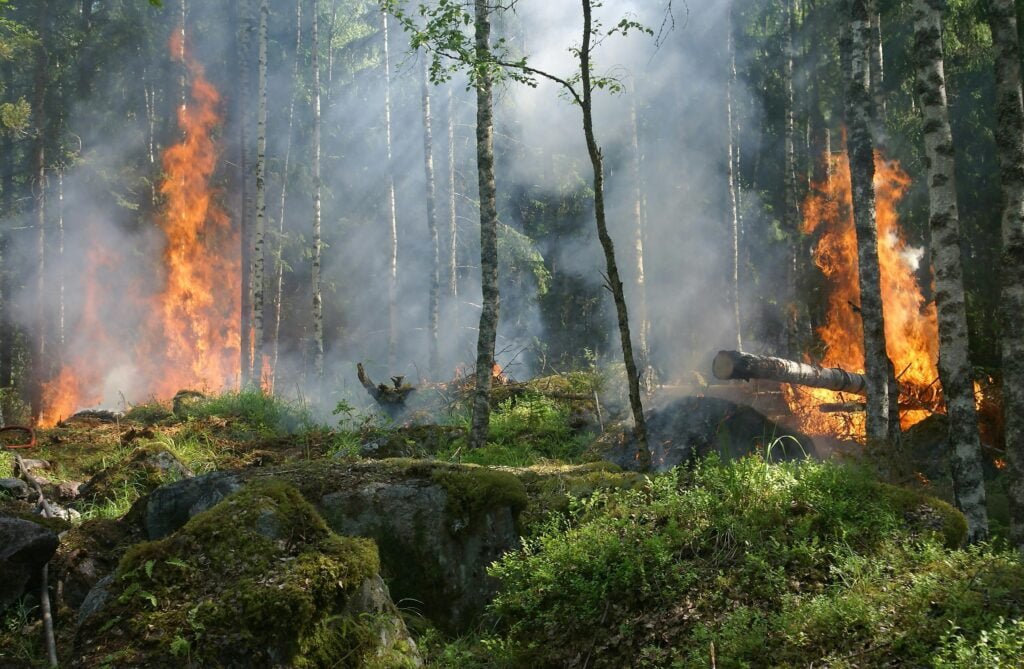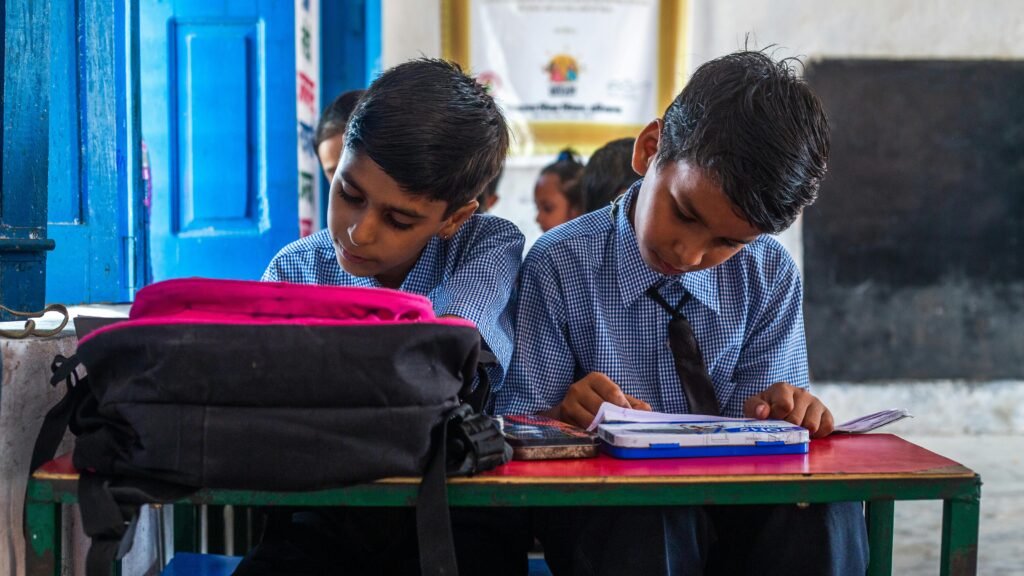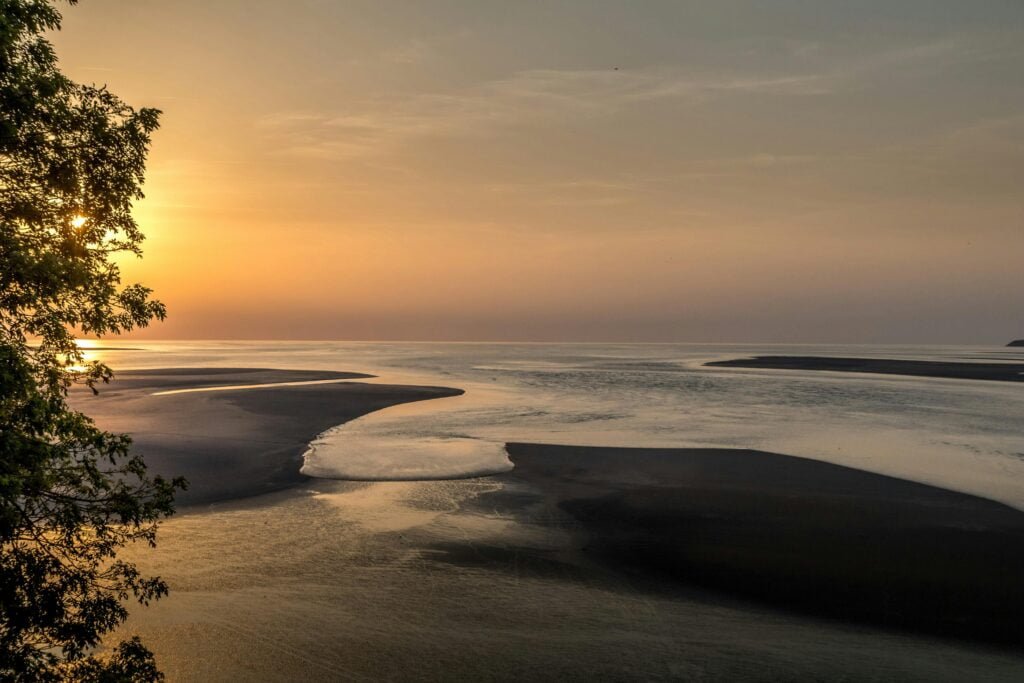
Picture a fisherman watching waves swallow his village, or a farmer finding salt in his well. That is what rising sea levels and coastal erosion mean for India today. Sea levels are going up because of climate change, threatening homes, land, and lives along India’s 7,500-kilometer coastline. This is not just a far-off problem—it is happening now, hitting places like Mumbai, Chennai, and the Sundarbans hard. Let us look at what causes this, how it affects India’s coastal areas, what is being done, and what lies ahead, so you understand it clearly and learn something important.
Understanding Rising Sea Levels
Rising sea levels happen when ocean water grows higher, mostly because of global warming. Two main things cause it. First, thermal expansion—when seawater gets warmer, it takes up more space. Second, melting ice—glaciers and ice sheets in places like Greenland and Antarctica turn into water and flow into the sea. As Earth’s temperature rises, both speed up, pushing sea levels higher.
Globally, this is a big deal. NASA says sea levels have risen 105 millimeters—about 4.1 inches—since 1993. That might sound small, but it adds up fast. Scientists expect it to rise even more in the coming years—maybe 30 centimeters by 2050 if warming continues. For coastal areas, this means more floods, lost land, and salty water ruining freshwater. Because India has such a long coast, it faces these risks head-on.
Why It Matters Globally and in India
Rising sea levels cause trouble everywhere. Floods cover low-lying towns, erosion eats shorelines, and saltwater sneaks into rivers and wells. This destroys homes, roads, and farms, while hurting ecosystems like mangroves—trees that shield coasts from storms. Globally, millions could lose their homes by 2100, says the UN. Small island nations might vanish entirely.
India is not safe from this. With big cities like Kolkata and millions living near the sea, the stakes are high. Studies—like from India’s National Centre for Coastal Research in 2023—say sea levels along India’s coast rose 3 millimeters per year since 1990, faster than the global average. Because this threatens people, jobs, and nature, India needs to act fast.
How Rising Sea Levels Hit India’s Coast
India’s coastal areas feel this hard—floods, storms, and erosion are getting worse. Let us see how it affects key regions.
Sundarbans
The Sundarbans—a huge mangrove forest in West Bengal—is in danger. Rising seas flood villages, forcing people to move. Small islands have sunk—like Lohachara, lost in 2006—displacing thousands. A 2023 report says 4,500 square kilometers of land here are damaged. Fishing and farming—how people earn money—are suffering as saltwater covers fields and fish move away. So, families lose homes and jobs.
Kerala
Kerala’s coast, famous for backwaters, loses 0.30 square kilometers yearly to erosion. Places like Alappuzha see floods often, and saline intrusion—saltwater mixing into freshwater—hurts rice paddies and drinking wells. Roads and houses get damaged too, costing money to fix. For example, 2022 floods in Ernakulam washed away parts of a highway. Because this keeps happening, life gets tougher here.
Odisha
Odisha’s coast—like in Kendrapara—erodes fast. Over 70,000 people moved in the last 10 years due to land loss, says state data. Storms hit harder, wrecking tourism spots like Puri’s beaches and farming areas. A 2023 cyclone flooded fields, cutting rice harvests by 20%. Because Odisha relies on these, erosion shakes its economy and heritage.
Gujarat
Gujarat’s Kutch region sees land sink as seas rise. Saltwater ruins soil—crops fail, and farmers lose money. A 2024 study says Gujarat lost 69 square kilometers of coast in 30 years. Fishermen catch less too—fish move deeper as waters change. So, this hurts both food and income here.
Economic Costs
Rising seas hit India’s wallet too. Floods damage ports—like Chennai’s, a trade hub—slowing goods and jobs. Tourism drops—Kerala’s beaches lose visitors when sand washes away. Repairing roads or moving people costs billions—Odisha spent 500 crores after 2023 storms. Because coastal areas drive 10% of India’s economy, per 2022 stats, this loss stings big.
Wildlife Impacts
Nature suffers too. Sundarbans’ tigers face shrinking habitat—100 remain, says the 2022 count, up from 76 a decade ago, but rising seas threaten their space. Mangroves die off, leaving coasts open to waves. In Gujarat, flamingos lose salty wetlands to floods. Coral reefs off Tamil Nadu bleach and break—fish disappear, hurting fishermen. Because ecosystems protect and feed us, their loss makes life harder.
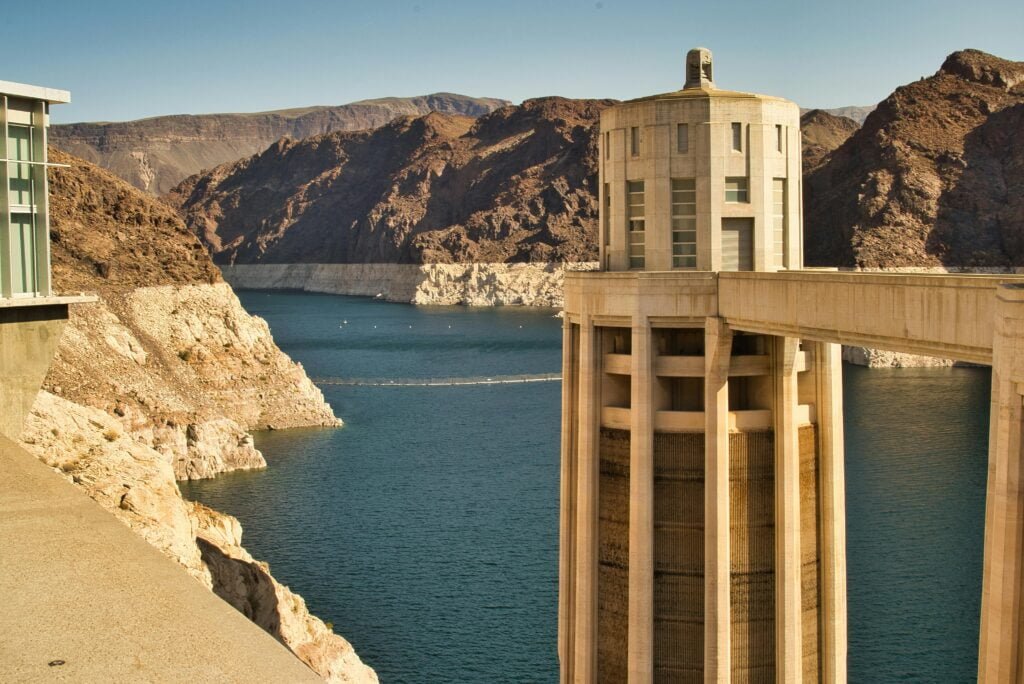
Measures to Fight Back
India is taking steps to slow this down—government, locals, and experts are teaming up.
Sea Walls
Sea walls—big barriers along the shore—block waves and storms. They keep land safe in places like Tamil Nadu, where walls built in 2022 cut flood damage in Chennai. Kerala uses them too, protecting homes in Kochi. Because they stop water fast, they help right away.
Mangrove Planting
Mangroves hold soil and block waves. Planting more—like in Gujarat’s Kutch since 2021—saves land and boosts fish spots, helping fishermen. West Bengal’s Sundarbans added 50 hectares in 2023, cutting erosion there. Because mangroves grow naturally, they are a cheap, strong fix.
Beach Nourishment
Adding sand to beaches—like in Andhra Pradesh—keeps them from shrinking. Trucks dump sand to rebuild shores, like in Visakhapatnam in 2022, saving tourism. Odisha tried it too, protecting Puri’s coast. So, this keeps beaches useful and pretty.
Early Warning Systems
High-tech warnings—like in Goa since 2023—track storms and floods early. Sensors and data tell people to move before disaster hits. Maharashtra’s system saved 200 lives in 2022’s cyclone. Because warnings give time, they cut losses.
Success Stories
Some efforts shine. Odisha’s geo-tubes—sand-filled barriers—in Puri slowed erosion by 30% since 2021. Andhra’s “NaCSA” project restored 100 kilometers of coast with community help by 2024. Tamil Nadu’s mangrove push near Chennai saved 10 villages from 2023 floods. Because these work, they show what India can do.
Future Challenges
The future looks tough. Models—like from the IPCC in 2023—say India’s seas could rise 50 centimeters by 2100 if warming hits 2°C. Floods will worsen, erosion will speed up, and habitats will shrink more. Cities like Mumbai could lose 10% of land, displacing millions. Jobs—like fishing—could drop 25% in Odisha by 2050, per studies. Because this affects food, homes, and money, India faces a big test.
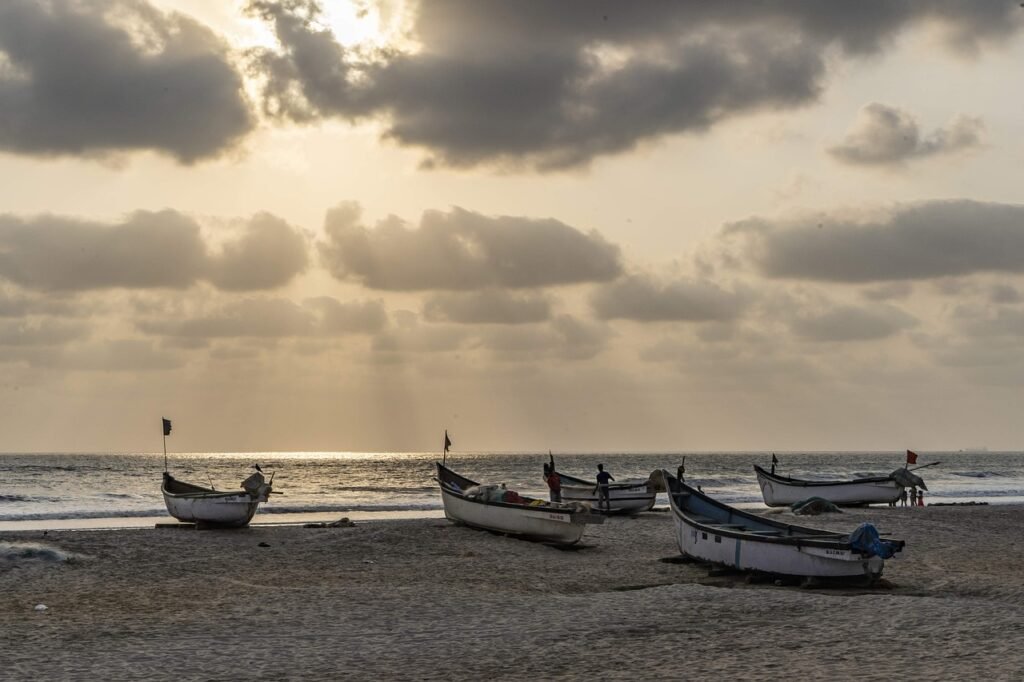
What India Can Do Next
Better plans are key—here is how.
Strong Coastal Policies
Make rules using new sea data—mix walls, mangroves, and planning. Move homes from danger zones—like Gujarat’s 2023 relocation of 5,000 people. Update building codes so houses stand floods. Because smart rules save more, they are a must.
Teach Communities
Show people why this matters—like Kerala’s 2024 school talks on erosion. Train farmers to grow salt-tough crops or fish inland. Push local action—like Odisha’s village teams planting trees. So, informed people fight back better.
Work Globally
Team up with others—like the UN’s 2023 climate fund India joined. Share ideas—Japan’s sea walls could help Mumbai. Fund research—like better flood maps with Germany’s help. Because global help boosts local wins, it is smart to connect.
Why It Matters to You
Rising sea levels in India touch your life—higher food prices from lost farms, crowded cities from displaced folks, or weaker coasts near your vacation spot. But action—like walls or mangroves—keeps land safe, fish in nets, and homes dry. You can push—support green laws, save water. Because this shapes your world, it is your issue too.
What do you think? Share below—your ideas keep this going. Let us protect India’s coasts together!
Frequently Asked Questions (FAQs)
How Fast Could Sea Levels Rise in India by 2100?
Scientists predict sea levels in India could rise 30 to 50 centimeters by 2100 if global warming hits 2°C, says the IPCC’s 2023 report. Some models—like from India’s INCOIS—suggest up to 75 centimeters along Mumbai’s coast if ice melts faster. This is beyond the 3 millimeters per year we see now. Faster rise means bigger floods and more land lost sooner. Because this depends on global emissions, India’s future hinges on worldwide action too.
What Happens to India’s Ports if Seas Keep Rising?
Rising seas could flood India’s ports—like Mumbai’s Jawaharlal Nehru Port, handling 50% of trade. A 2024 study says a 50-centimeter rise by 2070 could cut operations by 30%, slowing goods like rice or cars. Saltwater corrosion—rust from sea exposure—damages cranes and docks faster, raising repair costs. Smaller ports, like in Kutch, might close entirely. Because ports drive jobs and exports, this could hurt India’s economy big.
Can Moving Inland Solve Coastal Erosion Problems?
Moving inland helps some—like Gujarat’s 2023 shift of 5,000 people—but it is not a full fix. Relocation costs money—hundreds of crores for new homes and roads—as per a 2022 NITI Aayog report. Farmland inland is less fertile, and jobs like fishing disappear. Crowded cities like Delhi get more packed, straining water and power. Because only 30% of coastal folks can move easily, as per studies, it is just one piece of the puzzle.




